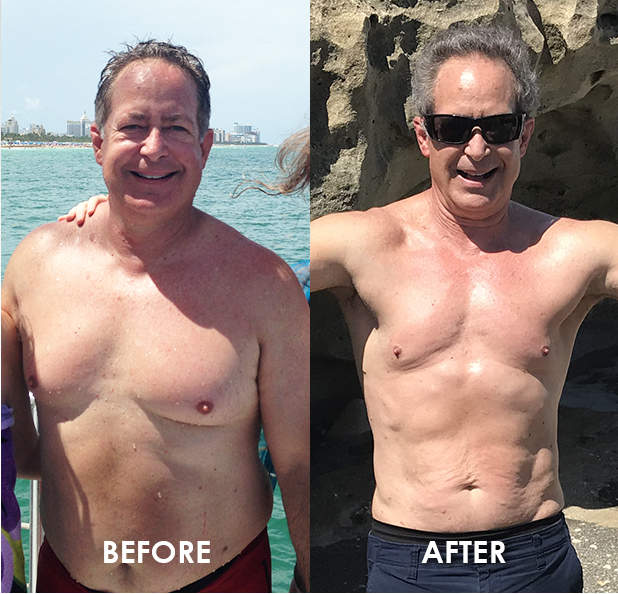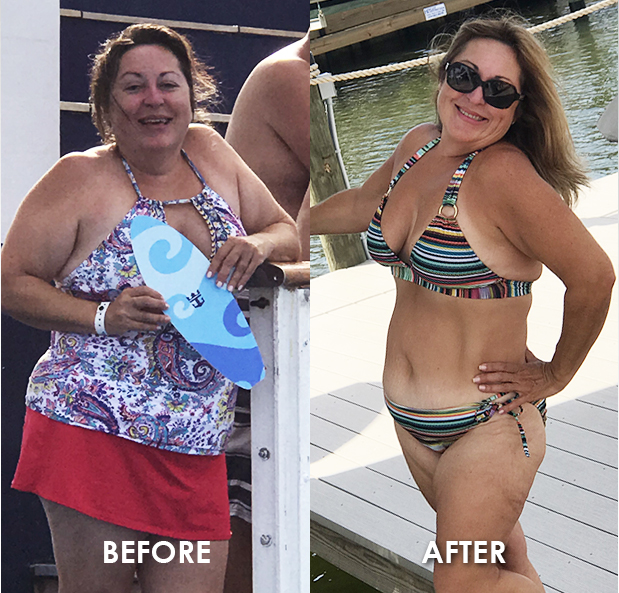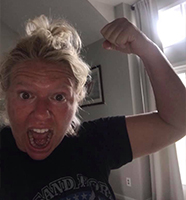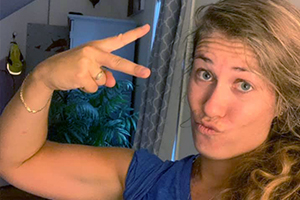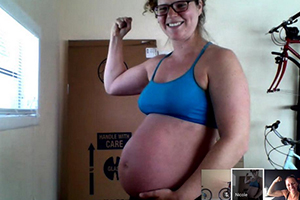When people hear the term physical therapy, they usually automatically think about massages. Although massage therapy is one method that licensed physical therapists incorporate into their practice, it’s disappointing to hear people compare the two professions as the same. Physical therapists study the field over the course of 7 years earning a Doctorate, while massage therapists require just one year of training.
Now that you know the qualifications you need to become a licensed physical therapist, let’s explore what physical therapy actually is! My passion for physical therapy has empowered me to educate people on the misconceptions of this versatile profession. The classic definition of Physical Therapy is described as the treatment or management of physical disability, malfunction, or pain by exercise, massage, mobilizations, hydrotherapy, without the use of medicines, surgery, or radiation. Furthermore, physical therapy treatment can improve overall flexibility, strength, endurance, coordination, balance and even one’s emotional state. The field is extremely diverse and covers specialties including orthopedic and post operative diagnoses, spinal cord injuries, acute care illnesses and pediatric disabilities.
Earlier this year, the critically acclaimed Dr. Oz dedicated an episode of his daytime television show to new “cutting edge” strategies that Physical Therapists could use on patients with lower back pain. You would think that “cutting edge” health advice on a national television show would be reputable, but this segment proved that theory wrong. In fact, the advice offered on Dr. Oz’s show was completely skewed and misleading. The problem was the lack of “new” therapy tactics presented in the segment. Even worse, the experts featured in the show lacked credibility due to the simple fact that they discussed these “new” treatments as the primary and only source of recovery for back pain. The cutting edge treatments featured in the show included ultrasounds, tiger balm patches and bumpy balls, all of which are considered outdated by most reputation physical therapy institutions and professionals.
Misleading information about physical therapy topics, similar to the advice given on Dr. Oz’s show, only confuse the public about the benefits that physical therapy can have on one’s life. In fact, the Dr. Oz segment received so much negative publicity and backlash from credible physical therapy experts that it led to the American Physical Therapy Association stepping in and releasing an official statement combating the advice given in the segment with an authentic and credible course of action for individuals experiencing back pain.
First of all, let me say this: Although all the methods mentioned in Dr. Oz’s show may help some patients with back pain, most licensed and experienced physical therapist will vouch that a comprehensive rehabilitation program is the best method to relieving back pain and facilitating a complete recovery. A rehab plan customized to the patient’s medical history, personal goals and pre-existing conditions that incorporates various techniques over the course of 6 to 12 weeks is key to a rapid and safe recovery.
Unlike the interventions recommended on the Dr. Oz show, the best innovative approach to treating lower back pain consists of educating patients about the proper body mechanics, pain management and postural exercises. In addition, reputable licensed physical therapists will likely incorporate proven tactics like core and lower body stretching/strengthening, manual spinal/hip mobilizations and soft tissue massage therapy into a comprehensive PT program.
It is important to understand that there is not a one-size-fits-all approach to physical pain and the recovery process. If you ever experience a serious physical injury and suffer from severe physical pain, visit a licensed physical therapist and they will assist you in finding the right treatments and rehab program that works best for YOU. To learn more about my physical therapy background and services, visit the services page on my website and email me for a free consultation. For daily physical therapy tips and tricks, follow me on Instagram and “Like” my Official Facebook Fan Page.

